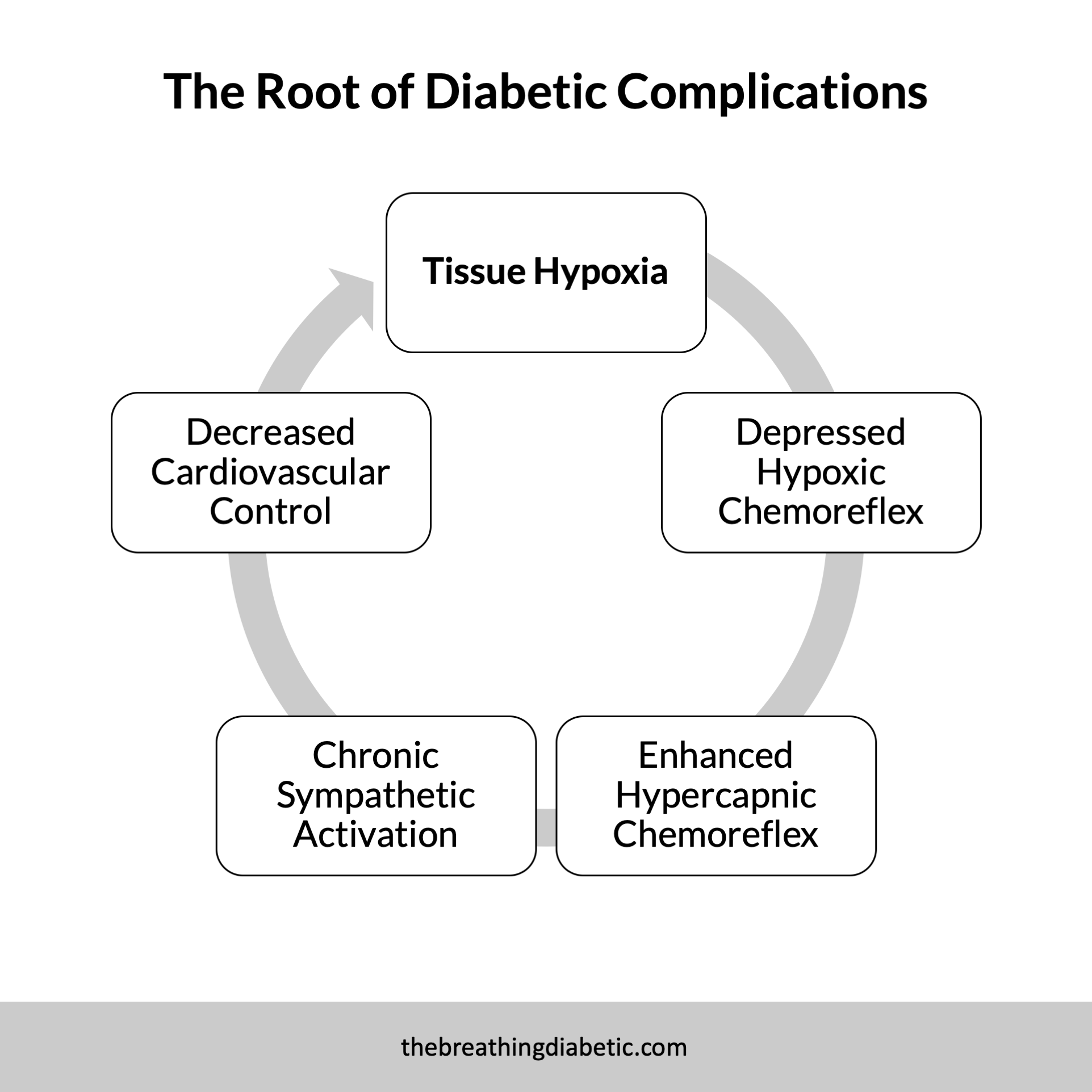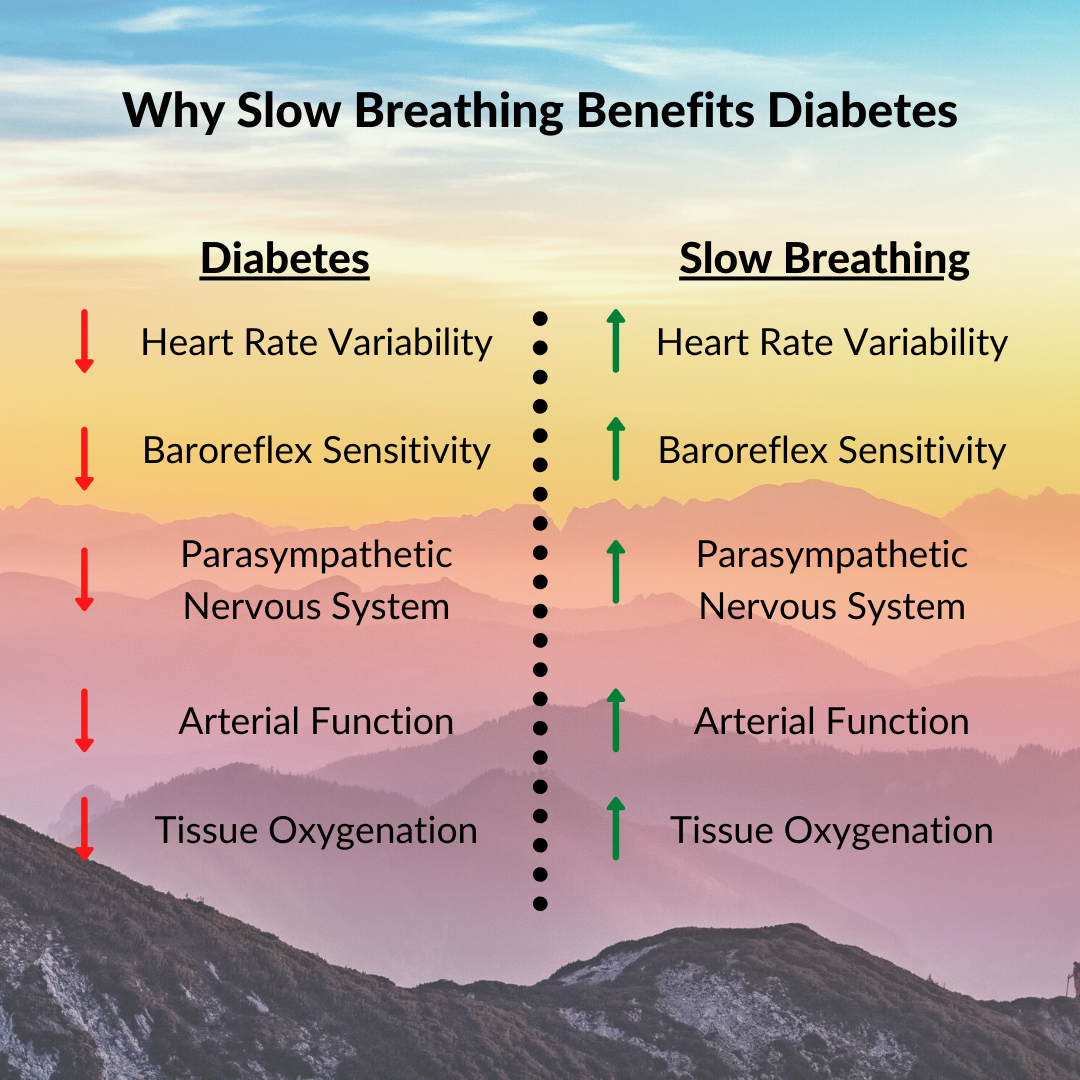“Simplify!” - Ray Dalio
In “A Mind for Numbers,” Barbara Oakley tells us:
“You may think you really have to understand something in order to explain it. But observe what happens when you are talking to other people about what you are studying. You’ll be surprised to see how often understanding arises as a consequence of attempts to explain to others and yourself, rather than the explanation arising out of your previous understanding.”
That’s fascinating. Have you ever had to explain something and afterward thought, “I didn’t even know I knew that?!?”.
Or, on the flip side (and what more commonly happens to me), you might have the experience of “I thought I understood that better, but I could not explain it the way I think it.”
Can Breathing Principles Change?
Both of these experiences have recently happened to me while making my first two podcast appearances (Bravest and Breathe Success Radio). Although I talk about breathing with my family, friends, and those I coach, it has been interesting to see the understanding (or lack thereof) that arises from these interviews.
The one thing that has stood out the most is this: I always come back to nose breathing as the most important change everyone can make to their breathing. And it is.
But, when I looked back at my Three Breathing Principles, I was focusing on slow breathing first, and then nose breathing (especially at night) second.
Before:
1. Breathe Slowly
2. Breathe Through Your Nose at Night
3. Hold Your Breath
So, this past week I rearranged the principles to reflect my thinking and the science better. I also added some pretty graphics.
After:
1. Breath Through Your Nose
2. Breathe Slowly
3. Hold Your Breath
The (sort of) New Breathing Principles
Each Principle has a new page that provides the basic science behind it and practical exercises you can apply in your life today.
I hope this new arrangement is simpler and makes the website more comfortable for you to navigate when you begin applying the principles in your own life.
Principle 1 - Breathe Through Your Nose
Principle 2 - Breathe Slowly
Principle 3 - Hold Your Breath
In good breath,
Nick
P.S. Fourteen days in quarantine.
P.P.S. Here’s the link to the latest podcast interview on Breathe Success Radio. Click Here To Listen.
























